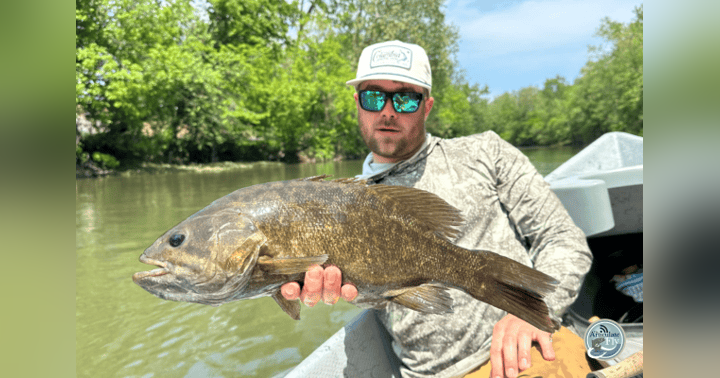HOW TO FLY FISH: THROW THE CHANGE-UP: TERRESTRIALS

Since most of the Southeast hasn’t yet experienced a few hard frosts, terrestrials can still play a meaningful part in your Fall trout game. There are times when trout key on terrestrials such as grasshoppers out West or cicada or flying ant hatches, but, for the most part, in the Southeast, terrestrials are a change-up pitch. Since most anglers don’t fish terrestrials, they are a great choice when fishing over selective or heavily pressured fish. They don’t appear out of place, and they haven’t educated as many trout with the barb of the hook. For instance, on the South Holston River, it is sometimes difficult to dial-in the trout. A small, black beetle can often seal the deal. Don’t limit your terrestrial fishing to dry flies. Sunken patterns can also be effective!
The most effective terrestrial pattern will vary with the time of year. Like so many things in fly fishing, take what the river gives you. As you walk to the water or you rig up, spend a little time looking for bugs on the ground or in the bushes. For instance, beetles, ants or crickets are almost always available. After a rainstorm, worm imitations can be effective. In the summer, keep your eyes peeled for inchworms and caterpillars. A small, chartreuse San Juan worm can be a killer! Best of all, you don’t need an entire fly box devoted to terrestrials. A few patterns will do the trick. Start with a small, black beetle and an ant pattern and a cricket pattern each matched to your local waters. You will be surprised at their effectiveness.
At The Articulate Fly, we love questions! Please post a comment or send us your question.
Follow us on Facebook, Instagram, LinkedIn, Twitter or YouTube.




